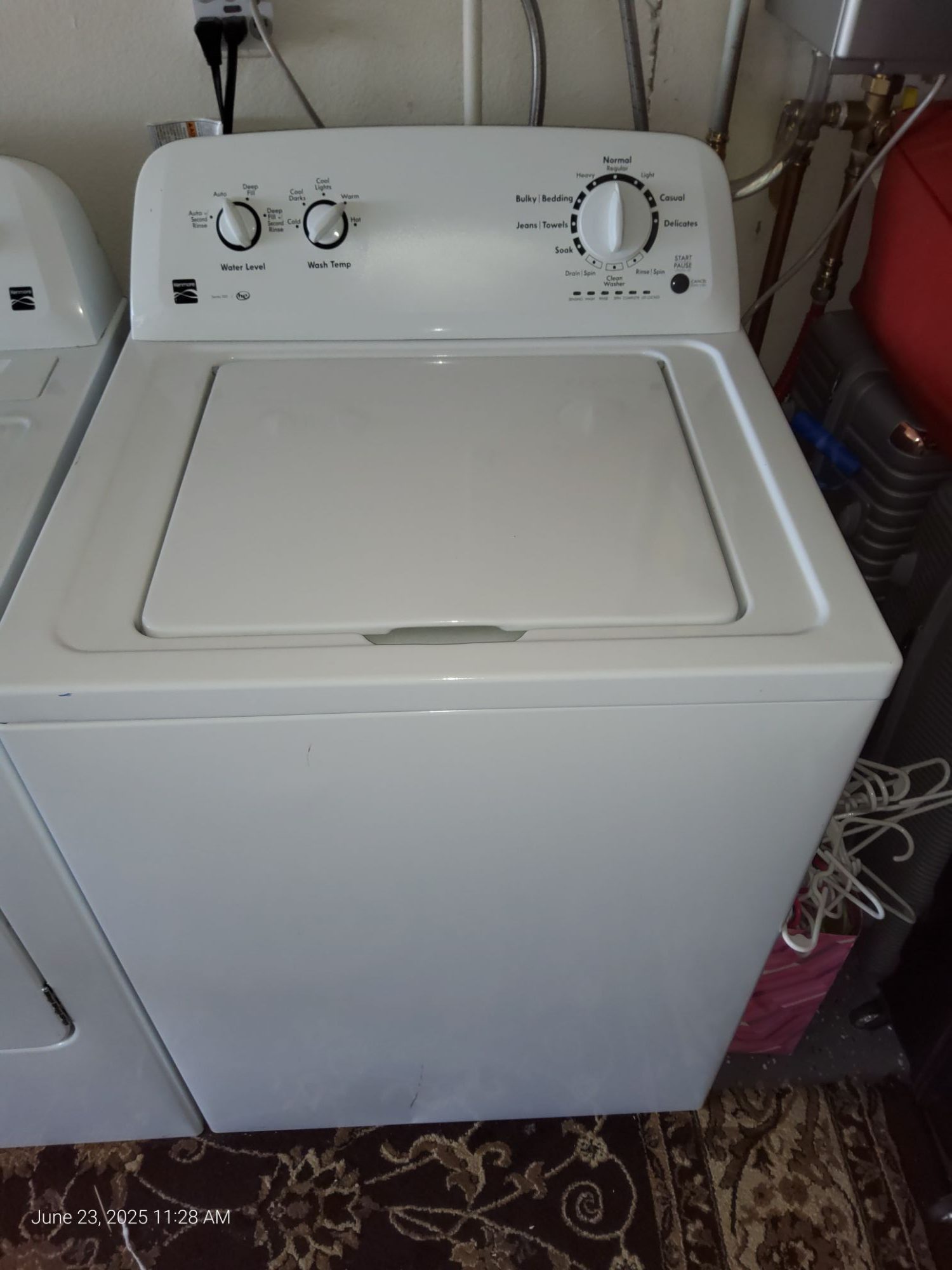Modern washing machines are equipped with a variety of safety features that ensure proper operation and protect users from potential hazards. One of the most important of these features is the lid lock. This mechanism prevents the lid from being opened while the washer is running, particularly during the high-speed spin cycle, reducing the risk of injury. However, if your washer lid won’t lock, it can disrupt your laundry routine and point to an underlying problem. Two of the most common causes are a defective lid switch or a faulty lock mechanism.
Why Is the Lid Lock Important?
The lid lock plays both a safety and functional role. Without it, the washer will often refuse to start or complete a cycle. This safeguard prevents the risk of someone reaching into a spinning drum, but it also ensures the machine maintains proper water levels and operates without interruption. If the lock fails, you may find yourself with a washer that won’t start or one that stops mid-cycle.
Common Signs of Lid Lock Problems
When your washer lid won’t lock, you may notice several signs:
- Washer won’t start: Many machines won’t operate if the lid isn’t locked properly.
- Cycle interruptions: If the lid lock disengages mid-cycle, the machine may pause unexpectedly.
- Error codes: Some models display a lid lock error code on the control panel.
- Lid won’t close or stays unlocked: You may physically notice the lock not engaging.
Recognizing these symptoms early can help you identify the issue and prevent further damage.
Cause 1: Defective Lid Switch
The lid switch is a small but crucial component. Its job is to detect whether the lid is closed. If the switch is defective, the washer may think the lid is open even when it’s firmly shut. As a result, the machine won’t start or proceed with the cycle.
Reasons the lid switch fails include:
- Wear and tear over time – Frequent use causes the switch to deteriorate.
- Moisture damage – Exposure to water or humidity can corrode electrical contacts.
- Physical damage – Slamming the washer lid repeatedly can damage the switch.
A defective lid switch often requires replacement, as it’s not a component that can typically be repaired.
Cause 2: Faulty Lock Mechanism
If the lid switch is working correctly, the problem may lie with the lock mechanism itself. This mechanism engages a latch to secure the lid in place. When it fails, the lid may not lock, or it may lock inconsistently.
Common reasons for failure include:
- Broken latch or striker – The physical part of the mechanism may crack or wear out.
- Electrical failure in the lock assembly – Faulty wiring or burned-out solenoids can prevent locking.
- Obstruction or debris – Small items, dirt, or detergent buildup may block the latch.
In many cases, cleaning the lock mechanism may help, but often replacement is the most reliable solution.
DIY Troubleshooting Tips
Before calling for professional help, there are a few basic checks you can perform:
- Inspect for obstructions – Look around the lock and latch for debris or detergent buildup.
- Check alignment – Ensure the lid aligns correctly with the lock mechanism. A bent hinge can prevent proper locking.
- Reset the washer – Sometimes, a control board reset may clear an error code and restore function.
- Test the switch and lock – If you have basic electrical knowledge, you can use a multimeter to test for continuity in the switch and lock assembly.
However, since washing machines involve both electrical and mechanical parts, it’s easy to misdiagnose the problem or cause more damage if you’re not experienced.
When to Call a Professional
If the lid switch or lock mechanism is defective, replacement is usually required. These repairs involve accessing internal components of the washer, which can be complex and risky if you’re unfamiliar with appliance repair. Additionally, incorrect installation of a new switch or lock can result in repeated failures or even damage to your washer’s control board.
This is why professional repair services are the best option. Trained technicians can quickly diagnose the root cause, source the correct replacement parts, and ensure your washer is restored to full functionality.
A washer lid that won’t lock is more than just an inconvenience—it’s a problem that prevents your appliance from functioning properly and safely. Whether it’s due to a defective lid switch or a faulty lock mechanism, addressing the issue promptly will save you time, frustration, and the risk of further damage.
If you’re experiencing this problem, don’t delay. Contact Home Appliance Service Center for expert washer repair. Our skilled technicians are ready to inspect, diagnose, and repair your appliance so you can get back to hassle-free laundry days. Call us today to schedule fast, reliable service!
Contact us
 619-928-5000
619-928-5000  Request Service
Request Service 
